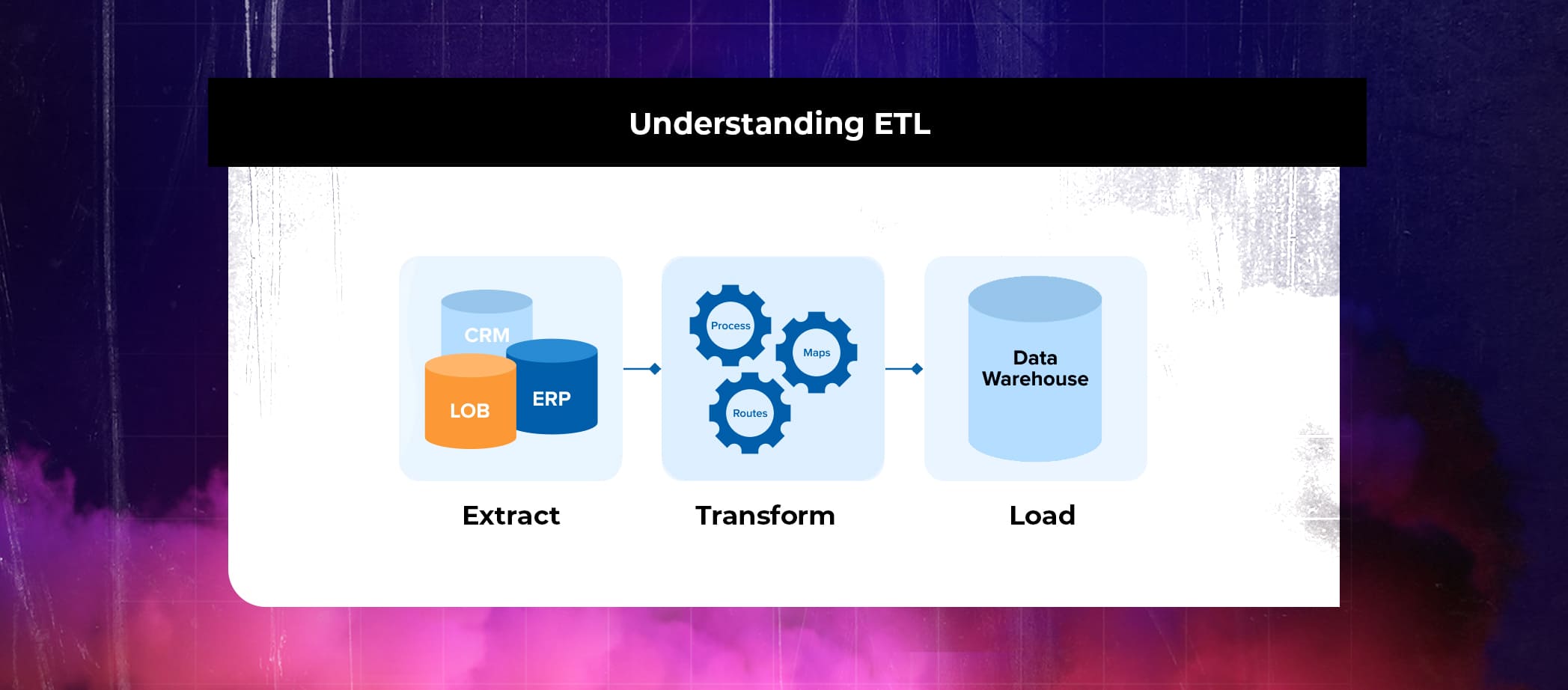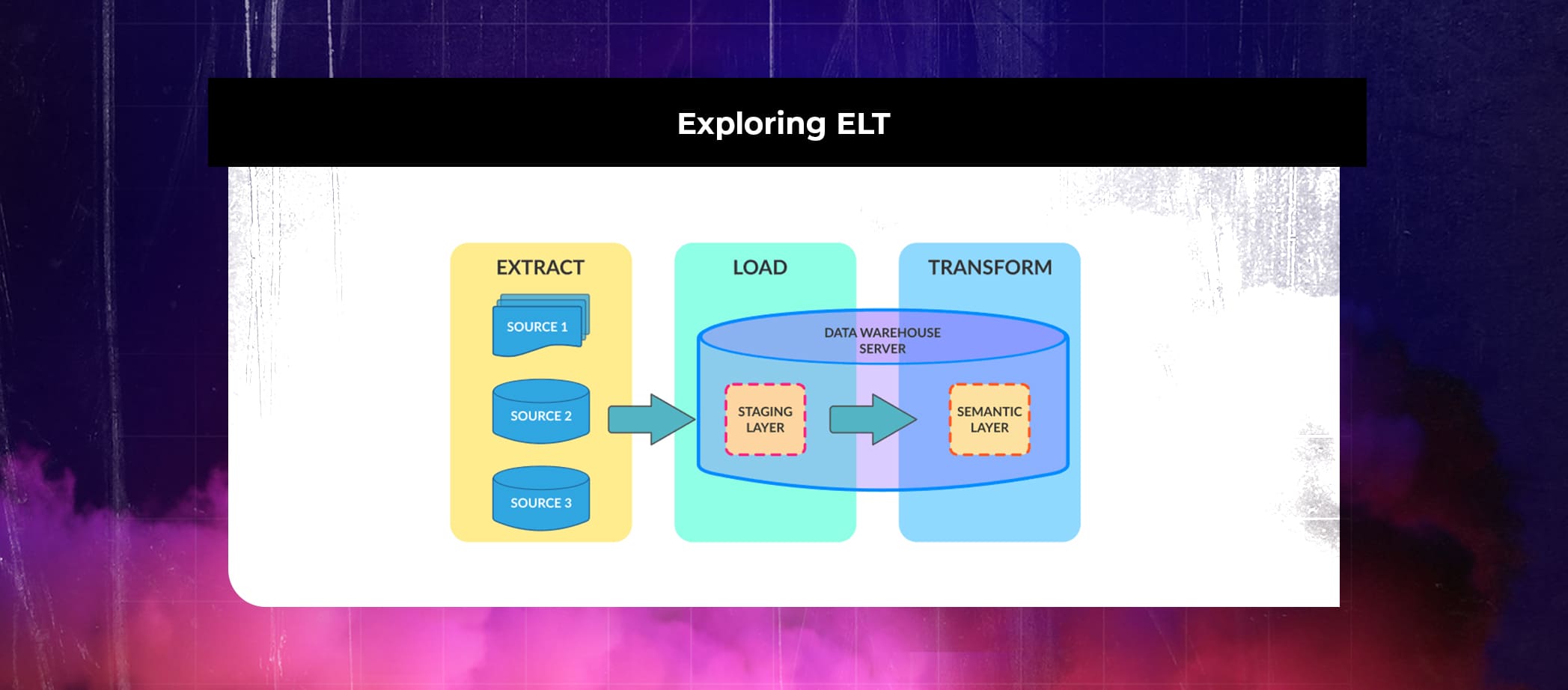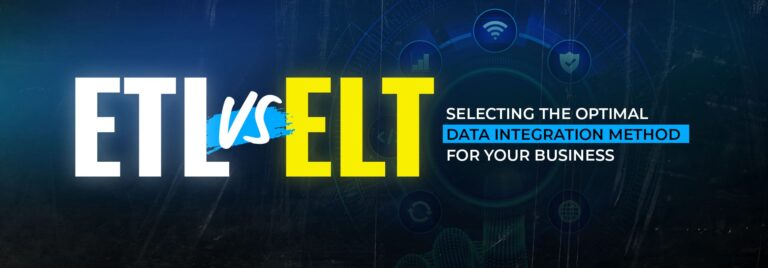Source: securityboulevard.com – Author: Dariel Marlow
In today’s data-driven world, businesses are faced with the challenge of efficiently integrating and transforming vast amounts of data. With the emergence of new technologies and data processing approaches, the debate between Extract, Transform, Load (ETL) and Extract, Load, Transform (ELT) has gained significant attention. Both methodologies serve the purpose of integrating data from various sources, but they differ in the sequence and processing of data transformations. This blog post aims to delve deeper into the differences between ETL and ELT and guide businesses in selecting the optimal data integration method for their specific needs.
Understanding ETL
The ETL approach follows a sequential process involving three main steps: extraction, transformation, and loading. In the extraction stage, data is gathered from multiple source systems, such as databases, APIs, or flat files. The extracted data is then transformed into a consistent format that meets the requirements of the target system. This transformation stage often involves data cleaning, aggregation, normalization, and other manipulations. Finally, the transformed data is loaded into a target data warehouse, data mart, or database for storage and analysis. ETL has long been the traditional approach to data integration, offering benefits such as data quality control, centralized data storage, and the ability to transform data before loading.

Exploring ELT
ELT, on the other hand, takes a different approach to data integration. With ELT, data is first extracted from the source systems and loaded directly into the target system without significant transformation. The target system, typically a data warehouse or a big data platform, possesses advanced processing capabilities and a distributed architecture. Once the data is loaded, the transformation step takes place within the target system itself. ELT leverages the power of the target system for data transformation, analysis, and reporting. This approach capitalizes on modern data warehousing technologies, such as massively parallel processing and distributed computing, allowing organizations to scale and accelerate data processing.

Key Differences
Data Volume and Processing Power
- ETL is well-suited for scenarios where the volume of data is significant, and the transformations require substantial computing resources. The transformation step is performed before loading, enabling data quality checks and complex manipulations.
- ELT shines when dealing with massive data volumes. It takes advantage of the processing power of the target system, which can efficiently handle large-scale transformations. ELT allows for loading raw data first and then performing transformations within the target system.
Transformation Flexibility
- ETL provides extensive transformation capabilities during the data integration process. It offers a wide range of options for data cleansing, enrichment, aggregation, and structural changes. ETL transformations are performed outside the target system.
- ELT focuses on loading raw data into the target system without extensive transformations. The transformations occur within the target system, leveraging its processing capabilities and tools. ELT provides greater flexibility for ad hoc analysis, exploratory queries, and self-service reporting.
Latency and Real-Time Analytics
- ETL processes are typically scheduled at specific intervals, resulting in batch processing. This introduces the latency between data updates and analysis. ETL may not be suitable for real-time or near real-time analytics.
- ELT enables real-time or near real-time analytics since the data is loaded directly into the target system. Immediate analysis and decision-making are possible without waiting for batch processes. ELT supports agile and responsive analytics.
Also Read: The Cloud Revolution: Changing the Game for Businesses Everywhere
Factors to Consider When Deciding ETL and ELT for data integration
When selecting the optimal data integration method for your business, it is crucial to consider several factors:
Data Volume and Complexity
Evaluate the size and complexity of your data. ETL is suitable for scenarios with significant data volumes and extensive transformation requirements. ELT is preferred when dealing with massive data volumes and when transformations can be efficiently handled within the target system.
Transformation Requirements
Consider the extent and complexity of the data transformations needed. ETL provides robust capabilities for comprehensive data cleansing, enrichment, and structuring before loading. ELT focuses on loading raw data and relies on the target system’s capabilities for transformations.
Target System Capabilities
Assess the capabilities of your target system. If your data warehouse or big data platform provides robust processing power, distributed computing, and built-in transformation tools, ELT may be a more suitable choice. ETL can still be effective when working with systems that have limited processing capabilities.
Latency and Real-Time Needs
Determine whether real-time or near real-time analytics are crucial for your business. ETL processes are often scheduled at specific intervals, introducing latency between data updates and analysis. ELT enables immediate insights since the data is loaded directly into the target system.
Scalability and Future Development
Consider the scalability and future growth potential of your data integration solution. ELT, with its distributed computing capabilities, offers scalability advantages for handling growing data volumes. ETL may require additional resources and adjustments as the data volume increases.
Use Cases and Examples
To gain a better understanding of how ETL and ELT are implemented in practice, let’s explore a few use cases:
Use Case 1: Financial Services
- ETL is commonly used in the financial industry for data integration, where data from multiple sources (e.g., banking systems, trading platforms, external market data feeds) is transformed and loaded into a central data warehouse. ETL allows for data cleaning, consolidation, and the creation of unified reporting for regulatory compliance and risk management purposes.
- ELT can be beneficial for financial organizations that deal with high-frequency trading or real-time market data analysis. ELT enables the immediate loading of market data into a data lake or real-time analytics platform, allowing for quick decision-making and algorithmic trading strategies.
Use Case 2: E-commerce
- ETL is widely used in e-commerce for integrating data from various sources, such as online transactions, customer behavior, inventory, and marketing campaigns. ETL processes transform and load the data into a data warehouse, enabling comprehensive analysis of customer buying patterns, inventory management, and personalized marketing campaigns.
- ELT can be advantageous when dealing with massive clickstream data or real-time customer behavior tracking. ELT enables immediate loading of raw clickstream data into a big data platform, where transformations and analysis can be performed in real-time or near real-time. This allows for timely insights and personalized recommendations for online shoppers.
Also Read: What role does Cloud Computing play in Banking and Financial Services?
Conclusion
When choosing between ETL and ELT for data integration, it is essential to consider the specific needs of your business. While ETL has been the traditional approach, ELT has gained traction due to its ability to handle big data and leverage cloud computing resources. ELT offers the advantage of analyzing raw data directly, providing faster insights and agility in decision-making. However, ELT may require a more robust infrastructure and specialized skills. It is crucial to evaluate factors such as data sources, processing requirements, scalability, and available resources before making a decision. PeoplActive can provide the necessary expertise to guide businesses through this decision-making process, ensuring that the chosen method aligns with their objectives and maximizes the value of their data assets.
Original Post URL: https://securityboulevard.com/2023/06/etl-vs-elt-selecting-the-optimal-data-integration-method-for-your-business/
Category & Tags: Cloud Security,Security Bloggers Network,cloud computing – Cloud Security,Security Bloggers Network,cloud computing




















































